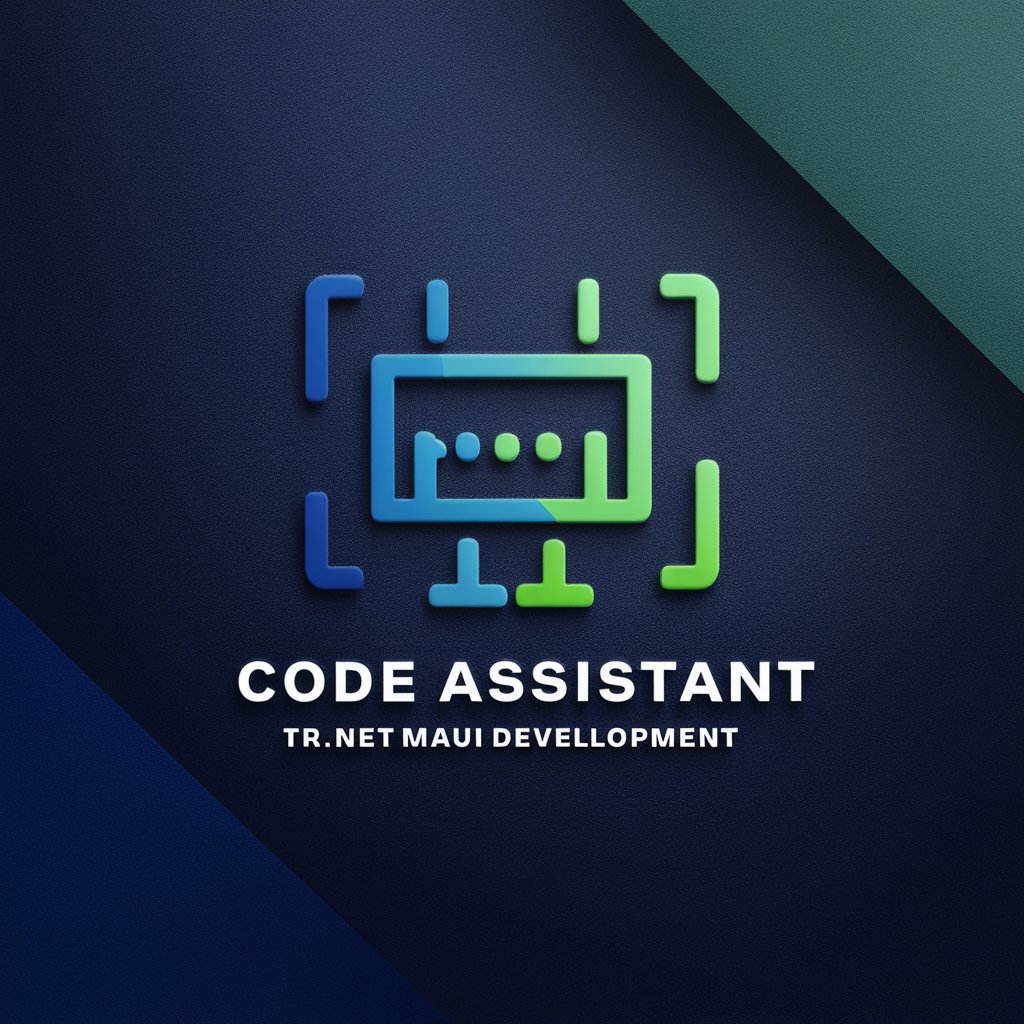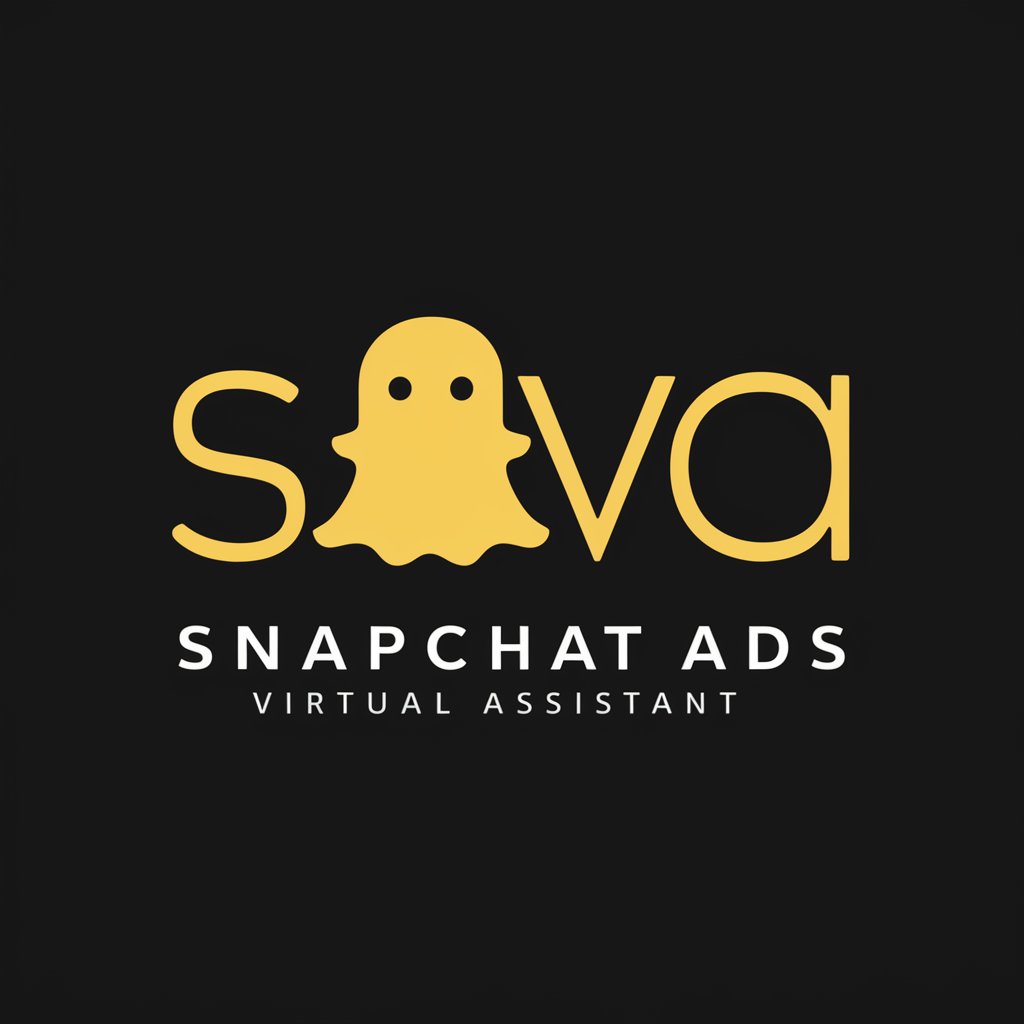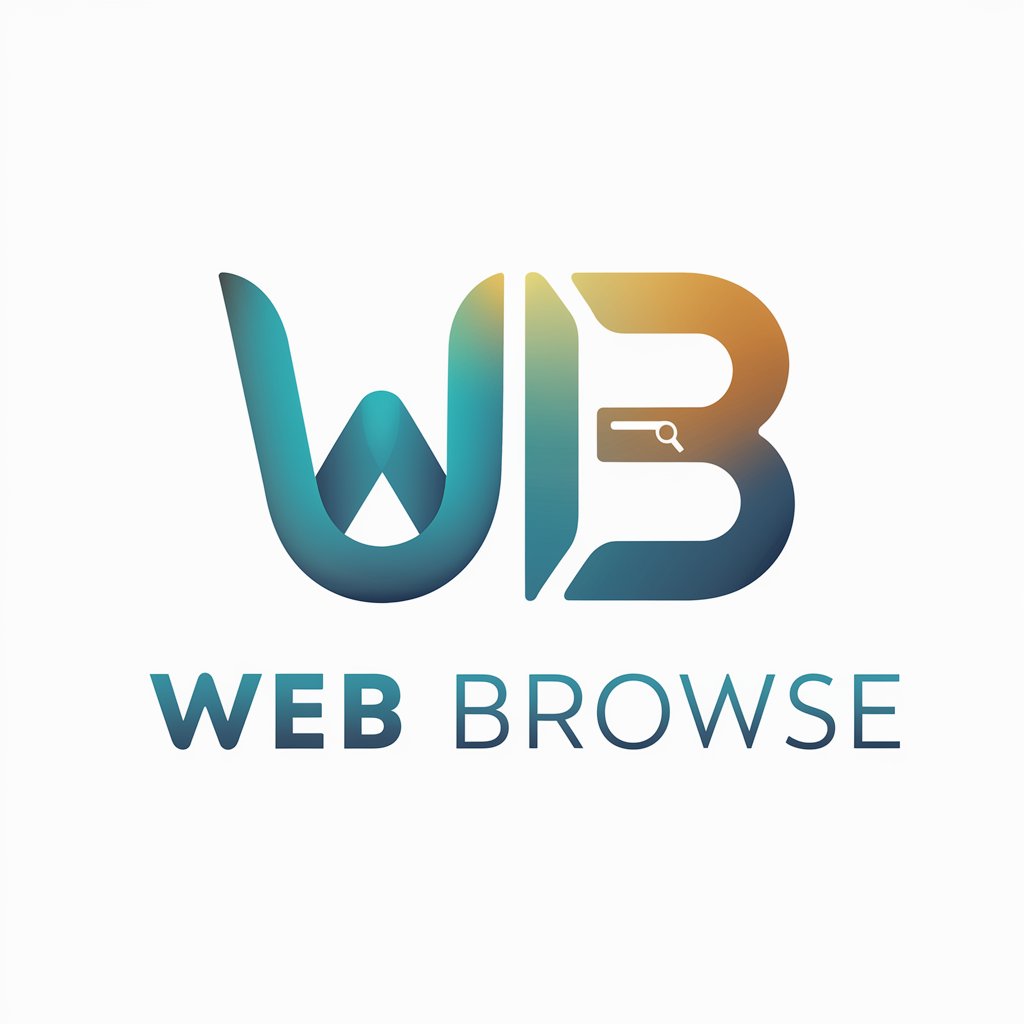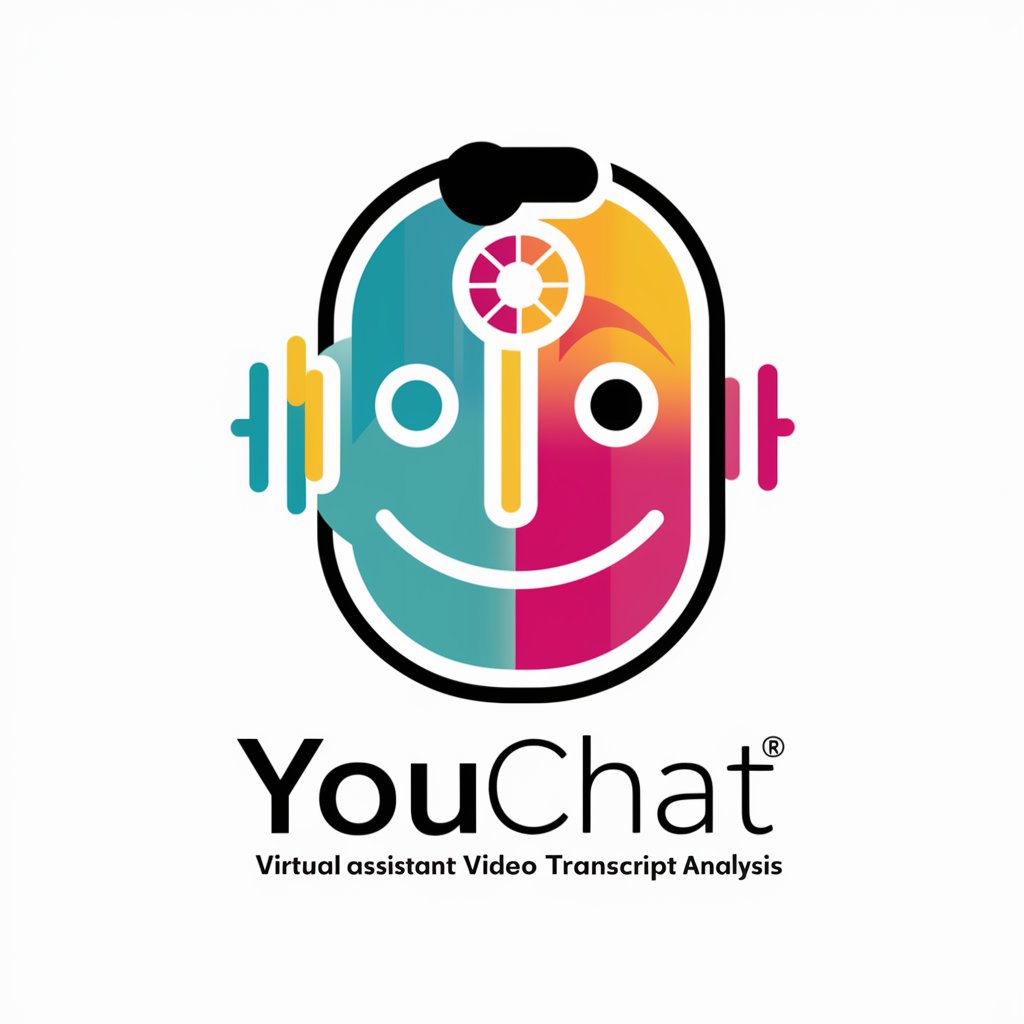
WebRTC - Real-Time Communication Tech

Hi there! Ready to dive into WebRTC solutions?
Empowering Real-Time Connections with AI
Can you explain the key differences between WebRTC and traditional VoIP?
What are the best practices for implementing end-to-end encryption in WebRTC?
How can I optimize media server performance for a large-scale WebRTC application?
What are the steps to integrate speech-to-text functionality in a WebRTC project?
Get Embed Code
Overview of WebRTC
WebRTC (Web Real-Time Communication) is an open-source project and technology framework that enables real-time communication directly in web browsers and mobile applications without the need for dedicated plugins or complex software installations. Designed primarily to support browser-to-browser applications for voice calling, video chat, and P2P file sharing, it embeds real-time multimedia communications capabilities directly into browsers. A typical WebRTC implementation enables audio and video communication to work inside web pages by allowing direct peer-to-peer communication, optimized for speed and efficiency. For instance, video conferencing tools like Google Meet and services like Discord utilize WebRTC to facilitate seamless audio and video communication among users globally, proving the technology's versatility and integration ease. Powered by ChatGPT-4o。

Core Functions of WebRTC
Peer-to-Peer Audio and Video Communication
Example
Facilitating video calls between remote team members
Scenario
WebRTC allows direct, peer-to-peer video and audio connections between users without intermediate servers, reducing latency and increasing the quality of communication. This is especially critical in remote working tools and educational platforms where clear, uninterrupted communication is needed.
Data Channels
Example
Secure file transfer during a chat session
Scenario
WebRTC's data channels enable users to share files directly with each other during a communication session. These channels are encrypted, supporting the direct exchange of a variety of data types (e.g., text, files) between browsers without relying on server storage, thus enhancing security and privacy.
Screen Sharing
Example
Live sharing of presentations during webinars
Scenario
WebRTC facilitates screen sharing capabilities, allowing users to share their screen or parts of it with other participants in a real-time communication session. This function is extensively used in educational webinars, remote technical support, and collaborative team meetings, where participants need to view the same content simultaneously for effective communication.
Recording
Example
Recording customer support calls for quality assurance
Scenario
WebRTC enables the recording of audio and video communication streams directly in the browser. This functionality is vital for organizations that need to maintain records of communications for compliance, training, or quality assurance purposes.
Target Users of WebRTC
Businesses and Enterprises
Organizations that require internal and external communication tools, like video conferencing, customer support live chat systems, and collaborative real-time applications, benefit significantly from WebRTC's capabilities. Its ease of integration into existing platforms allows businesses to enhance their communication infrastructure efficiently.
Educational Institutions
Schools, colleges, and e-learning platforms use WebRTC to facilitate remote learning and virtual classrooms. It provides tools for live lectures, student interactions, and collaborative educational activities, making it a cornerstone technology in modern education.
Developers and Innovators
Software developers and tech innovators leverage WebRTC's versatile API to build various custom real-time applications, such as telehealth platforms, real-time gaming, and social media integrations. Its open-source nature and broad support across browsers and devices make it an attractive choice for developers looking to implement real-time communication features.

How to Use WebRTC
Start with a Demo
Begin by visiting yeschat.ai to access a free trial without needing a login or a ChatGPT Plus subscription. This platform offers a hands-on introduction to WebRTC capabilities.
Set up Your Environment
Ensure your system has a modern browser like Chrome, Firefox, or Edge, and a stable internet connection. This helps in supporting the real-time communication features of WebRTC.
Explore the API
Familiarize yourself with the WebRTC API. This includes understanding the key components such as RTCPeerConnection for managing connections and RTCDataChannel for data transfer.
Test Different Features
Experiment with audio and video streaming, as well as data channels to appreciate the full scope of WebRTC. This can involve peer-to-peer file sharing or video conferencing.
Implement Security Measures
Implement end-to-end encryption and use secure protocols (HTTPS, WSS) to protect data integrity and privacy during communication.
Try other advanced and practical GPTs
のYouTube to Blog Wizard
Turn Videos into Engaging Blogs Instantly

Best DS&A Tutor
Master Coding with AI-Powered Guidance

JavaScript
Empowering Development with AI

Maui Dev Assistant
Your AI-powered .NET MAUI guide

หมอดู GPT
AI-powered Astrological Insights

Grammar Guardian
Perfect Your Grammar with AI

Snapchat Ads Virtual Assistant
AI-driven Snapchat Ads Insights

destinAItor
Smart Planning with AI Insights

Translator
Translate instantly, powered by AI

😊English Translation (Formal)
AI-Powered Precision in Formal English

Data Sage
Empowering Data Decisions with AI

新煮意Pro
Revolutionizing Cooking with AI-Driven Insights

Detailed Q&A about WebRTC
What are the main components of a WebRTC application?
A typical WebRTC application consists of components like RTCPeerConnection for handling peer-to-peer communication, RTCDataChannel for data transmission, and MediaStream for managing audio and video streams.
How does signaling work in WebRTC?
Signaling in WebRTC is the process of exchanging information about media and network between devices to initiate and control communication. It's not specified by WebRTC standards, so developers can implement it using WebSocket, XMPP, or other protocols.
Can WebRTC be used for more than just video calls?
Absolutely, WebRTC's capabilities extend beyond video and audio calls. It supports any type of real-time data sharing, including file transfers, chat messages, and even streaming of recorded media.
What are the security features of WebRTC?
WebRTC is designed with built-in security features like end-to-end encryption of media streams, secure RTP (SRTP) for media encryption, and the use of secure signaling protocols to ensure user privacy and data protection.
Does WebRTC support all browsers?
WebRTC is supported by most modern web browsers, including Chrome, Firefox, Safari, and Edge. However, its features and implementation details can vary slightly between browsers, impacting compatibility and performance.





